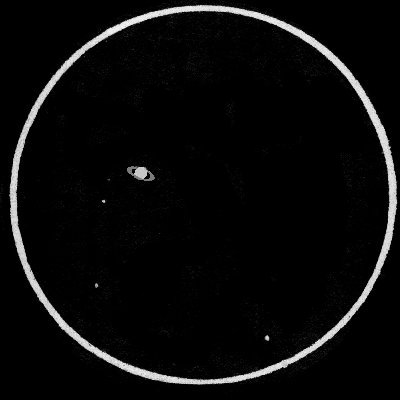 |
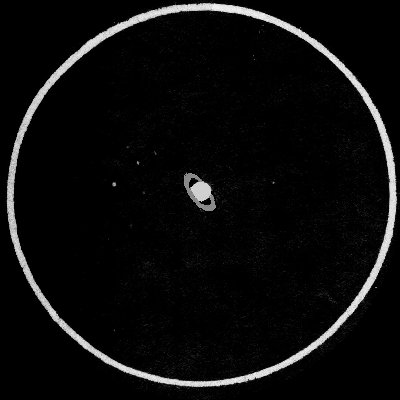 |
|
| 10.1''
reflector 96 x July 16, 1989 3:30 UT Saturn in Northern Sagittarius. Its' moons Titan and Rhea are visible; Titan is the bright object directly below-left of Saturn, Rhea is the dim speck just above Titan. |
10.1'' reflector 192 x July 16, 1989 3:15 UT Close-up view of previous sketch. |
|
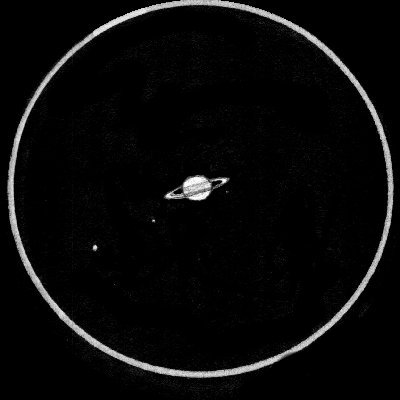 |
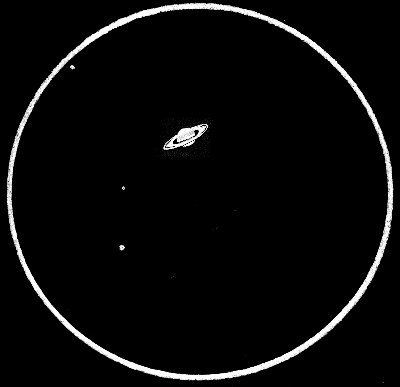 |
|
| 10.1''
reflector 192 x October 1, 1997 4:00 UT Saturn with some accompanying stars. |
10.1'' reflector
stopped to 3.8" 192 x October 17, 1998 5:15 UT Titan is brightest object to lower left, Rhea is above Titan towards Saturn. The rings are inclined a bit more from last years' sketch. Some brownish bands are visible in the southern (top) hemisphere. Cassini Division can be seen on the left and right extremities of the rings. A thin dark line on the planets' surface just behind the rings can be seen, possibly the ring shadow. |
|
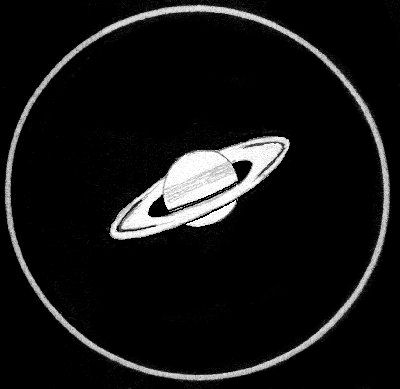 |
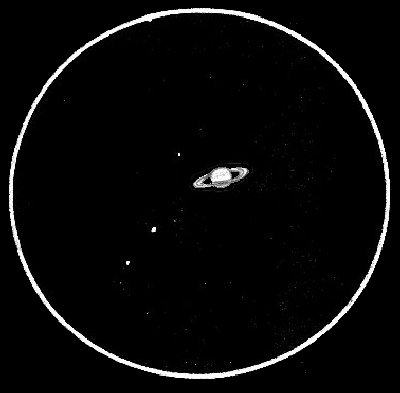 |
|
| 10.1''
reflector stopped to 3.8" 192 x (blown-up) October 17, 1998 5:25 UT Close-up drawing of Saturn from the previous image. |
10.1'' reflector
stopped to 3.8" 192 x (with green filter) October 19, 1999 2:20 UT Saturn another year later, with rings inclined even more. The globe of Saturn just barely edges on top of the rings to the south (up) and sticks out the bottom to the north. Compare the distance between the bottom of the rings and the bottom of the planet's disk to that of the image above. The Casini Division is visible as a thin dark line. Saturn's shadow is visible on the SW (upper-left) part of the rings. Some slight, wide banding is visible in the southern hemisphere. Titan is the bright point immediately to the lower left of Saturn, Rhea is to the upper left. The 12th magnitude star GSC 647-566 is the bright point to the lower left of Titan. North is at P.A. 160 degrees |